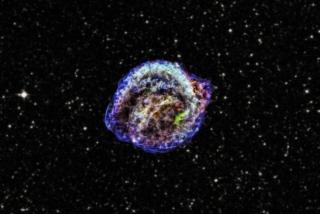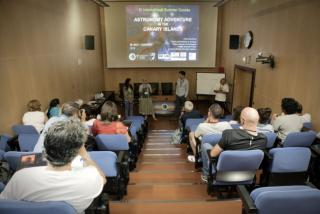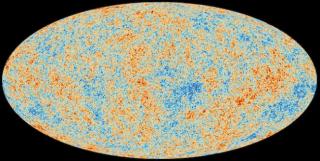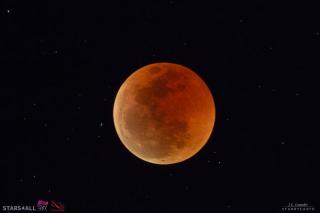
A study involving a researcher from the Instituto de Astrofísica de Canarias (IAC), which has been led by a researcher at the Instituto de Física Fundamental (IFF-CSIC) and the Instituto de Ciencias del Cosmos (UB-IEEC), argues that the explosion that Johannes Kepler observed in 1604 was caused by a merger of two stellar residues.
Advertised on




